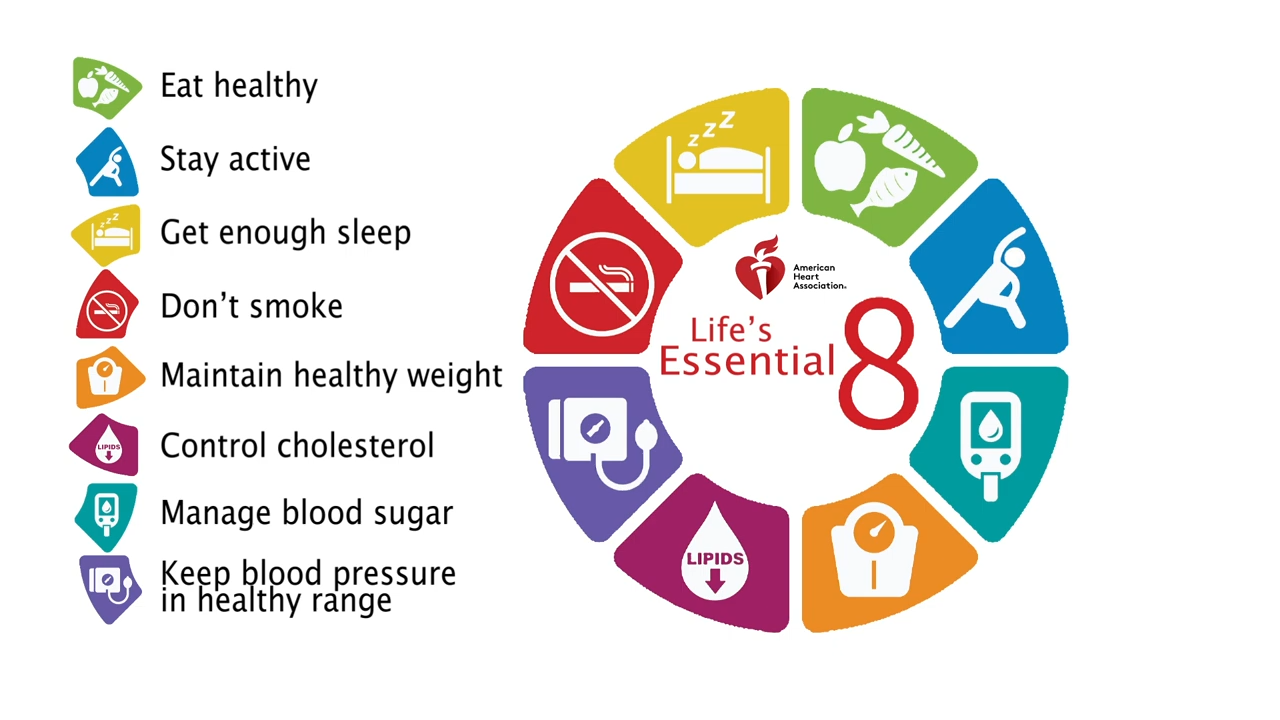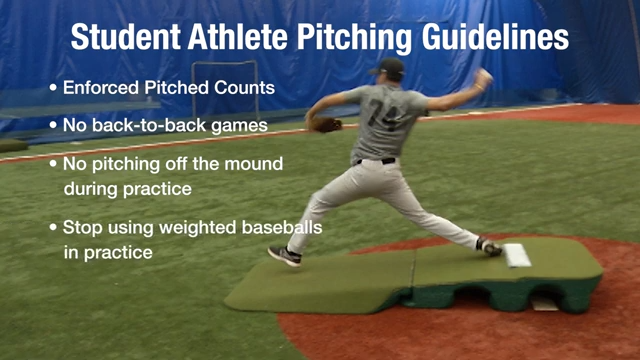BALTIMORE, Md. (Ivanhoe Newswire) — If tennis and racquetball married, their first-born would be pickleball. Pickleball play has grown so much recently, that the hardest part of the game now is finding an empty court, and it’s not just for grandparents. Pickleball increased 158 percent in the US, according to what’s called, ‘Picklehead Statistics.’ but for those 40 million players, the odds of being injured also skyrocket. We visit the Annapolis Pickleball Club and talk with one player who’s spent months healing from a severe knee injury.
Bob Friend, an Injured Pickleball Player says, “It’s a short paddle. It’s not a string game, and it’s with a plastic ball as opposed to a core rubber ball.”
Pickleball is social and appealing part of the game. Lots of laughter, but competitive spirits lead to getting hurt.
“I’ve had two injuries playing pickleball. The last one that I had, which was my patella tendon tear in my left knee, was playing in a tournament.” Explains Bob.
Anyone can play pickleball, but 90 percent of injuries occur in those over 50.
John-Paul Rue, MD, Fellowship-trained Board-Certified Orthopedic Sports Medicine Surgeon at Mercy Medical Center says, “One of the common misconceptions about pickleball, is that it’s less injury provoking than other sports. In most of the injuries that we see occur in the lower extremity, so in the knees and the ankles. They’re usually from a sudden lunging, jumping, twisting type of maneuver.”
Bob’s patella injury to his knee was intense.
Doctor Rue explains, “He did, sort of, a sudden lunge, and what happened was, his quadriceps, his thigh muscles, contracted suddenly and actually ripped the tendon from off of the bone, just below the kneecap.”
Bob states, “The first four to six weeks, you’re pretty immobile. Then, you start to gain confidence, and the brace starts to come off, because you sleep with a brace for the first five weeks.”
So, how can you keep pickleball fun but safe from strains, sprains, and dislocations? Doctor Rue says, warm up, know your limitations and stretch before and after playing.
Doctor Rue says it will take Bob two to three years to get back to his, ‘full, explosive, competitive level.’ He reminds players that fractures are common, especially for low bone density in later years. So, he advises you to perhaps play a little slower than you think you need to, and you’ll play a lot longer!
Contributors to this news report include: Donna Parker, Producer; Roque Correa, Editor and Kirk Manson, Videographer.
Sources:
https://www.pickleheads.com/blog/pickleball-statistics
PICKLEBALL ISN’T FOR SISSIES
REPORT #3091
BACKGROUND: Physical activity and exercise are essential to maintain good health and mobility. Studies show that regular exercise can help prevent chronic diseases such as diabetes, heart disease, and stroke. Exercise can also improve bone density, muscle strength, and balance, reducing the risk of falls and injuries. One sport known for its physical activity is pickleball. It is a combination of tennis, badminton, and ping-pong, and is low-impact and easy on the joints. It can be played indoors or outdoors and only requires a small court and lightweight paddles. Because of its smaller court size and slower pace, pickleball is a great way to stay active and socialize with others.
PREVENTING PICKLEBALL INJURIES: Pickleball is one of the fastest-growing recreational sports in the United States. Some of the most common injuries seen as a result of pickleball are extremity injuries. Many upper extremity injuries are due to overuse and repetitive wear and tear. Lower extremities can occur as the player moves to get to the ball. Injuries like low back strains; muscular strains; ankle sprains; and rotator cuff injuries. Approximately 90 percent of pickleball-related injuries affect people aged 50 and older and about half are either sprains or fractures. There are ways to prevent injuries like doing stretches to warm up the muscles and start stretching out the tendons; wearing the proper court shoes; clear any debris on the court; and make sure you drink plenty of water. This can prevent heart stroke and dizziness in warmer weather.
(Source: https://www.bswhealth.com/blog/pickleball-injuries-how-dangerous-is-americas-new-favorite-sport)
BREAKTHROUGH STUDY IN OSTEOARTHRITIS TREATMENT: A study by RUSH researchers may hold the key to new non-opioid related therapies. Researchers worked off previous findings regarding the ion channel protein, Piezo2, and neurons known as nociceptors. Nociceptors are sensory nerves that respond to stimuli which produce pain. Studies found that Piezo2 allows nociceptors to respond to mechanical force. “We found that reducing the amount of Piezo2 expressed by nociceptors could reduce pain in mouse models of osteoarthritis and joint inflammation,” says Anne-Marie Malfait, MD, PhD, The George W. Stuppy, MD, Chair of Arthritis, RUSH Medical College and Rachel E. Miller, PhD, associate professor, RUSH Medical College. These findings point to targeting Piezo2 as a new therapeutic treatment for osteoarthritis-related pain, which could serve as an effective alternative to therapies that include opioids.
* For More Information, Contact:
John-Paul Rue
Free weekly e-mail on Medical Breakthroughs from Ivanhoe. To sign up: http://www.ivanhoe.com/ftk



